SQL Database in Decision Making: Auditing and Business Processes
VerifiedAdded on 2023/06/10
|17
|987
|178
Report
AI Summary
This report provides a comprehensive overview of SQL databases and their critical role in data-driven decision-making. It begins with an introduction to SQL, its history, and its future, highlighting its capabilities in accessing and manipulating data for various purposes, including auditing. The report delves into the application of SQL in auditing, explaining the components of SQL Server Audit and Database Audit. Furthermore, it explores the use of SQL databases in decision-making, discussing primary and foreign keys and the use of basic SELECT queries. It outlines a step-by-step process for making decisions using SQL and provides insights into transforming business queries into SQL queries, including understanding table relationships, handling LEFT joins, knowing result sets, breaking up queries, and managing complex aggregations and formulas. The report also covers how business processes leverage SQL for decision-making, emphasizing error testing, calculation transparency, and sequential and set processing. Finally, it references relevant academic sources to support the information presented.
1 out of 17
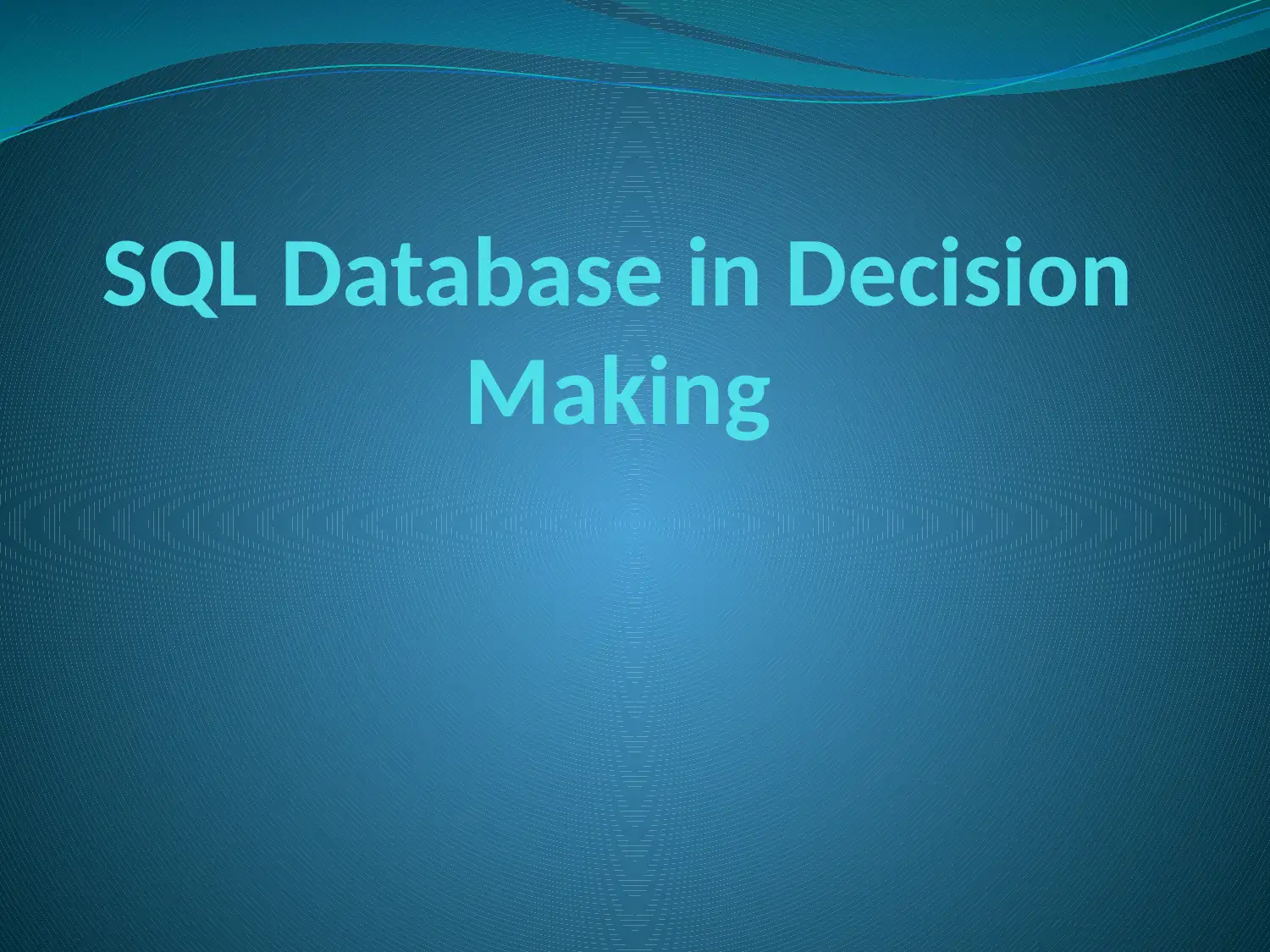
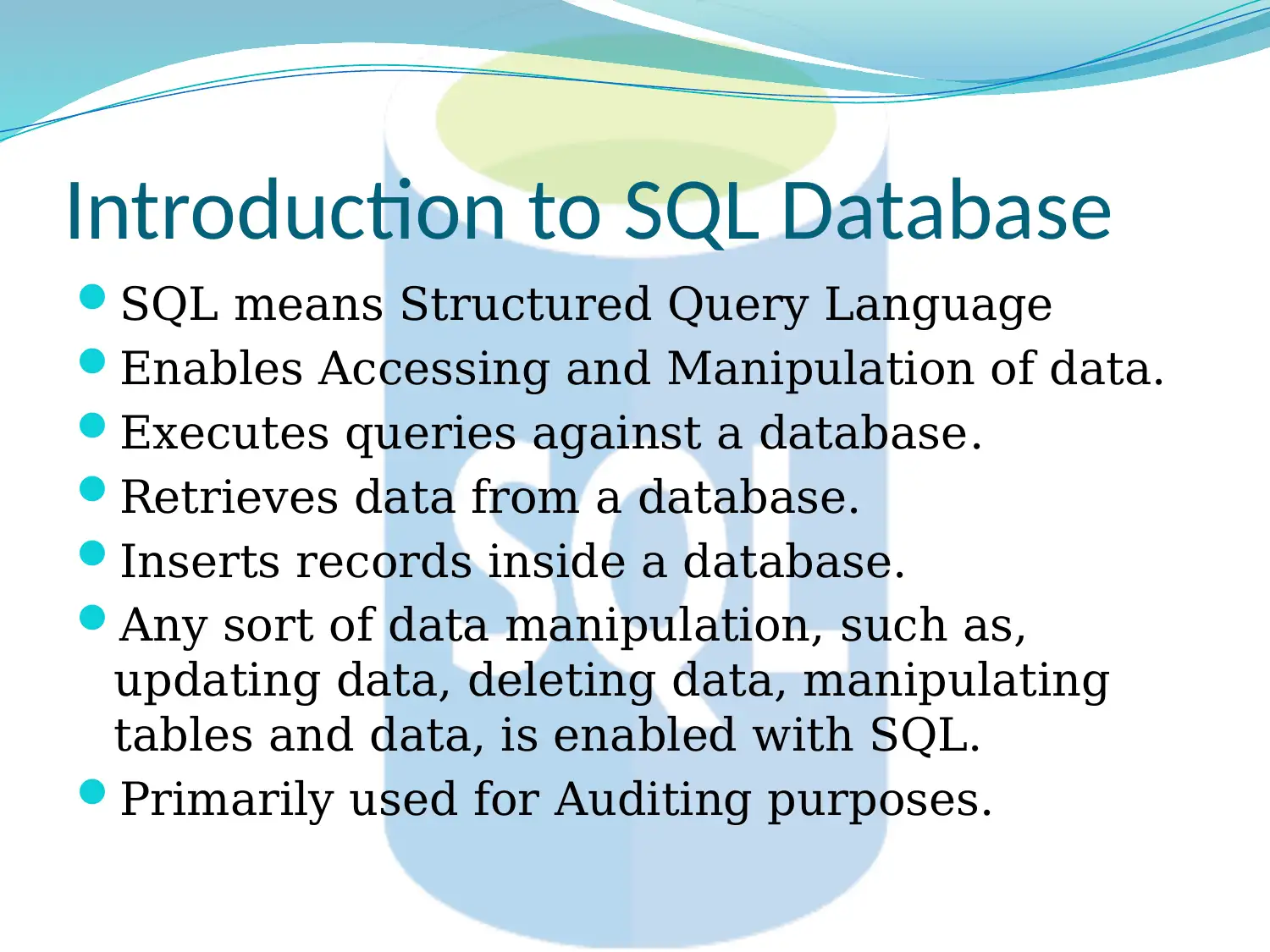
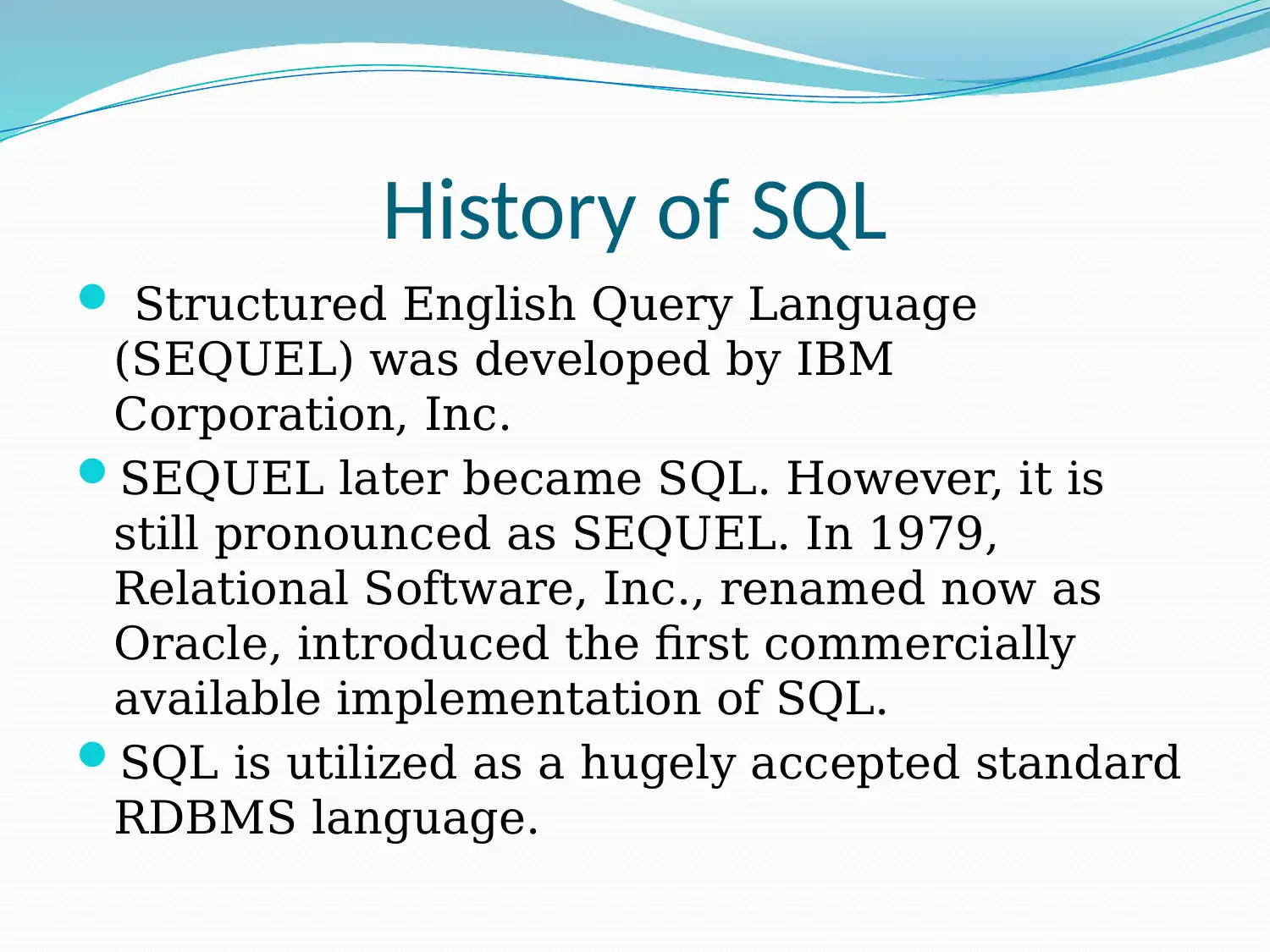

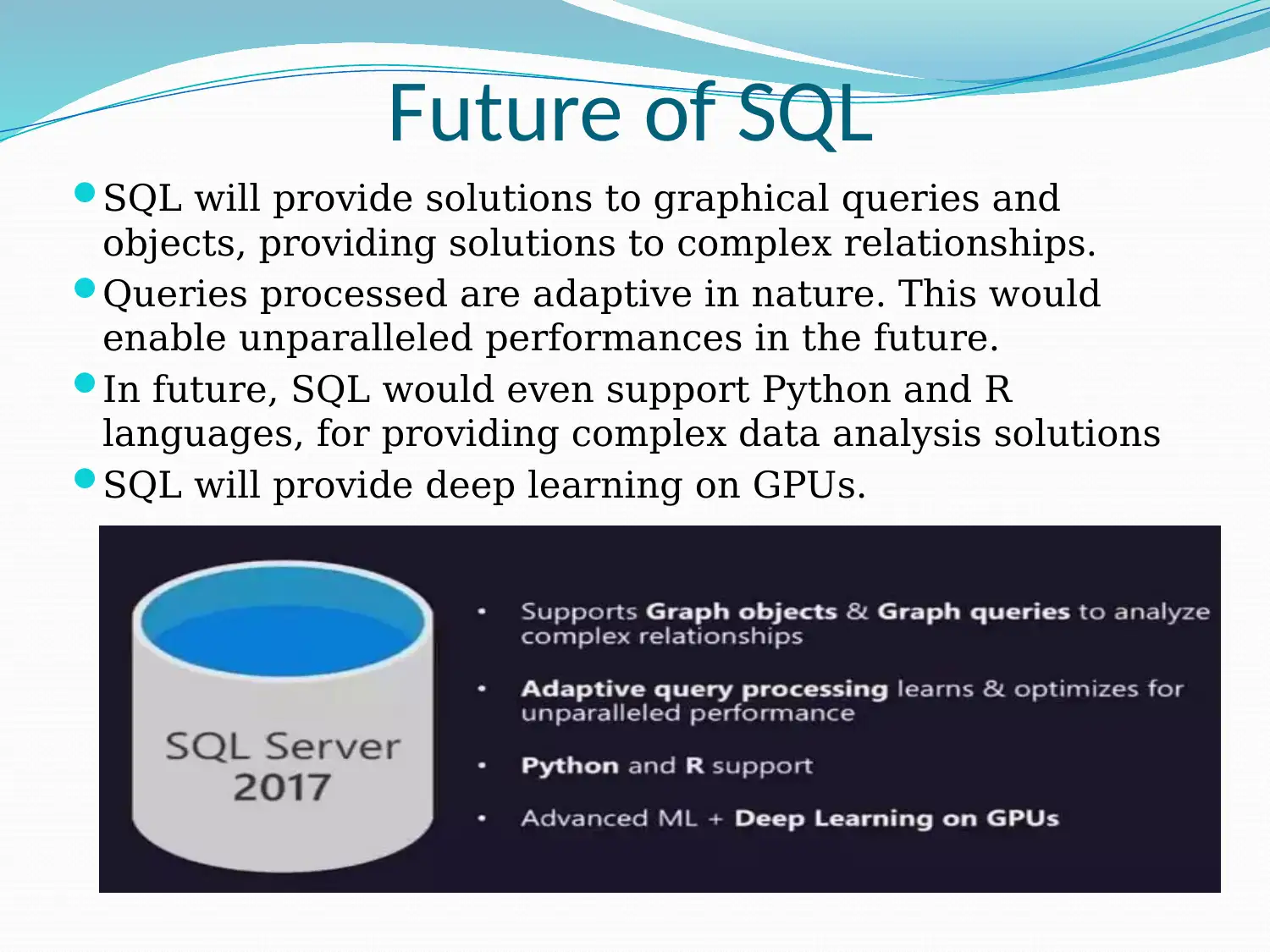
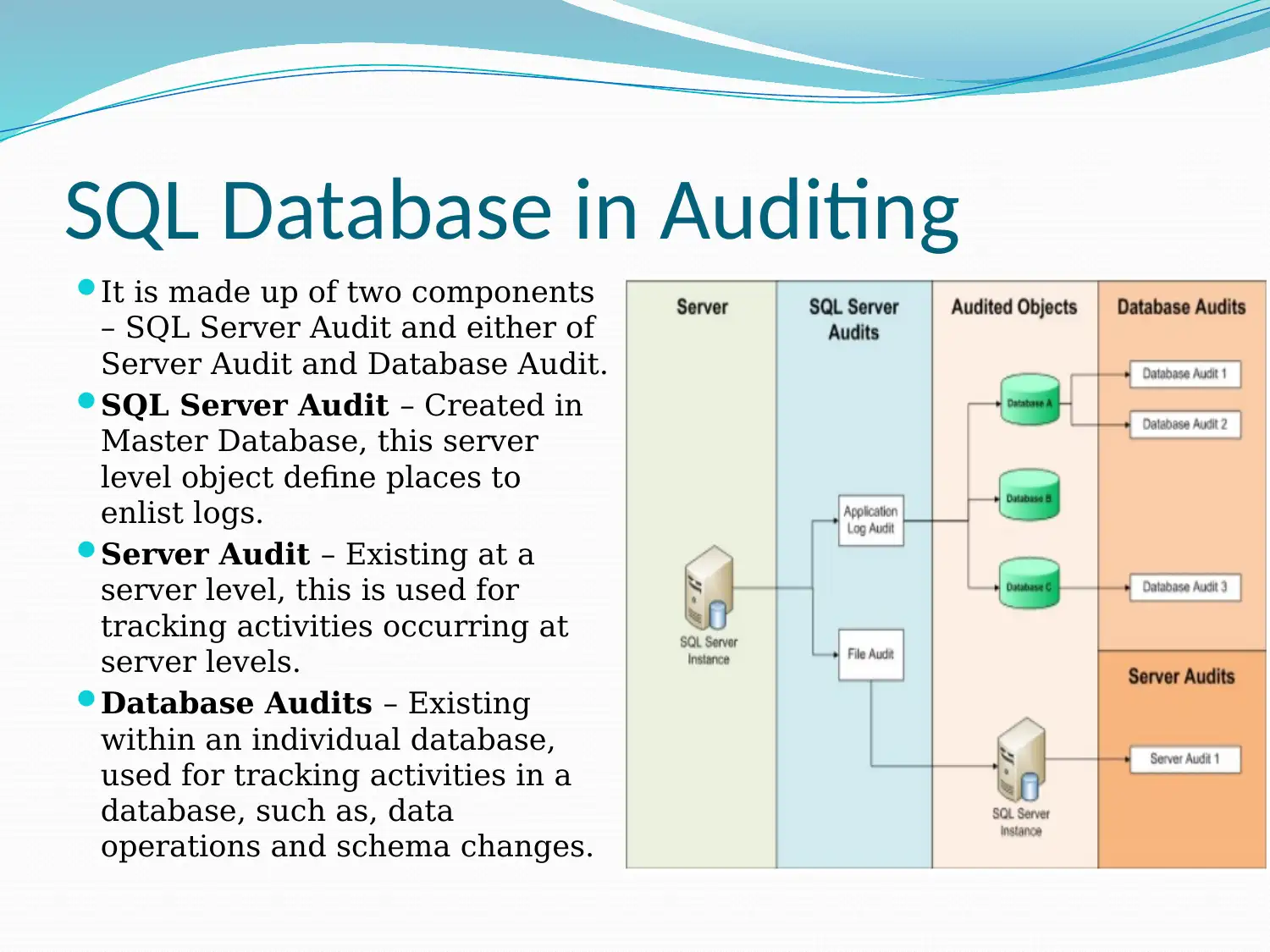
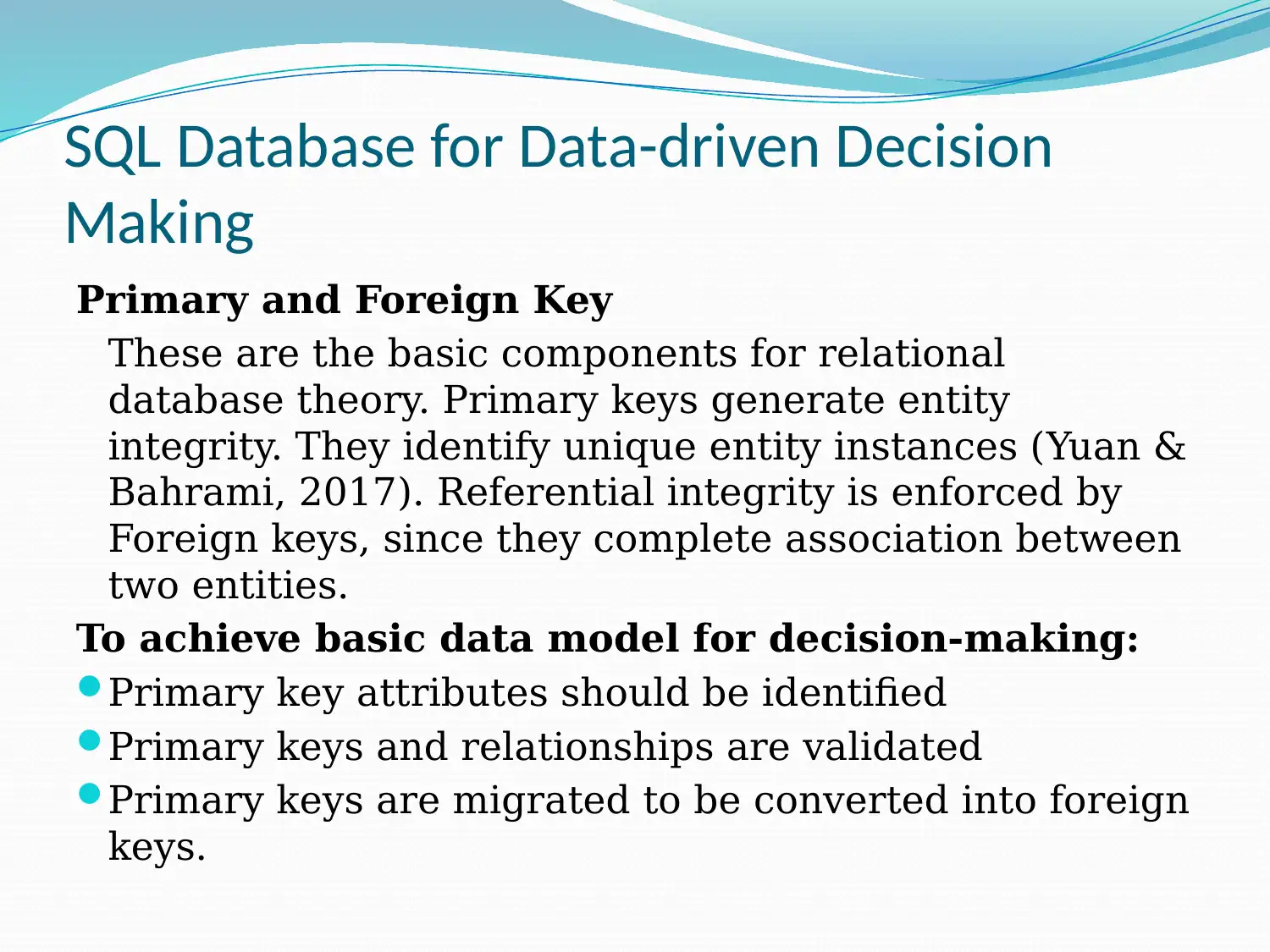
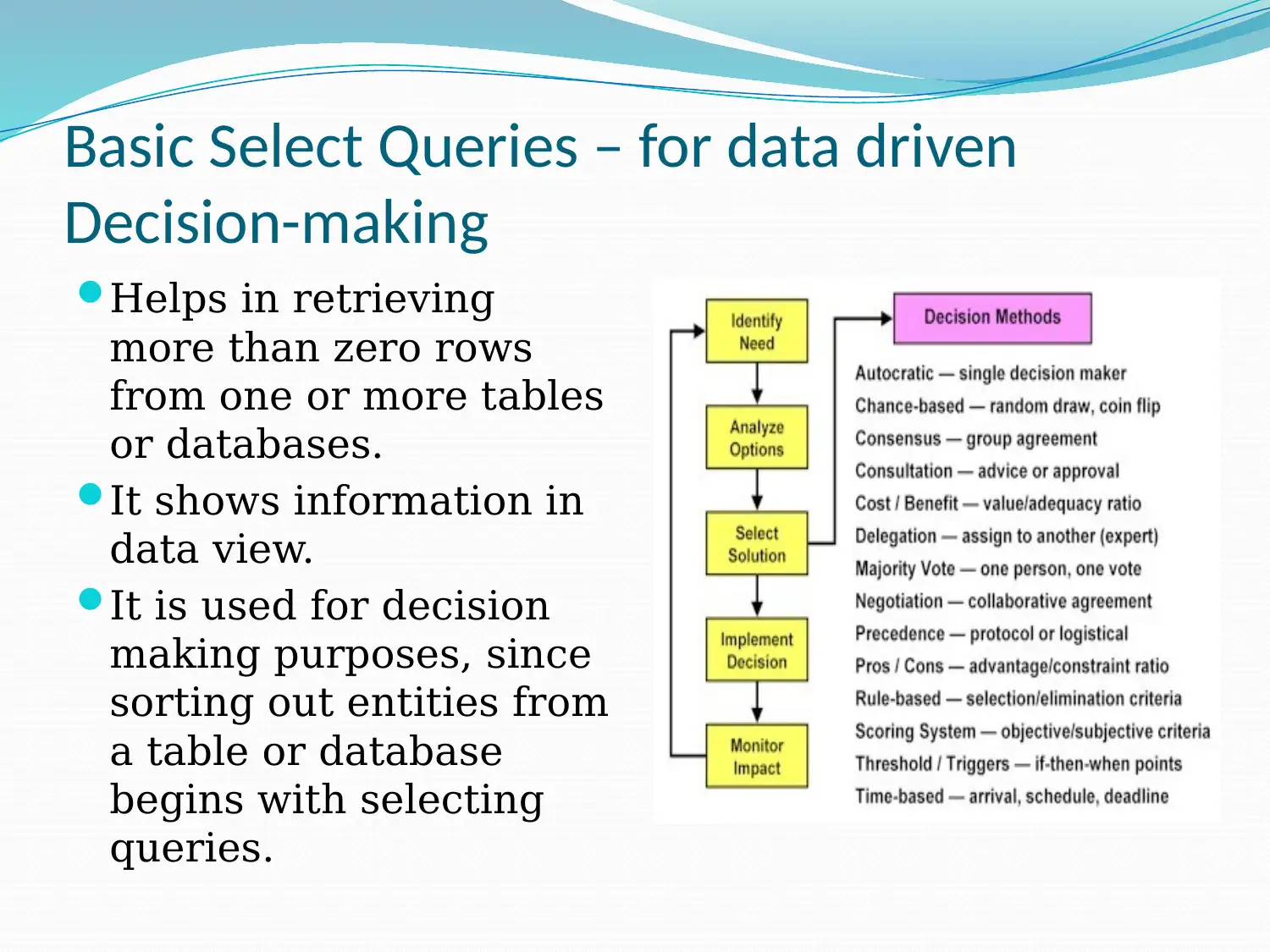
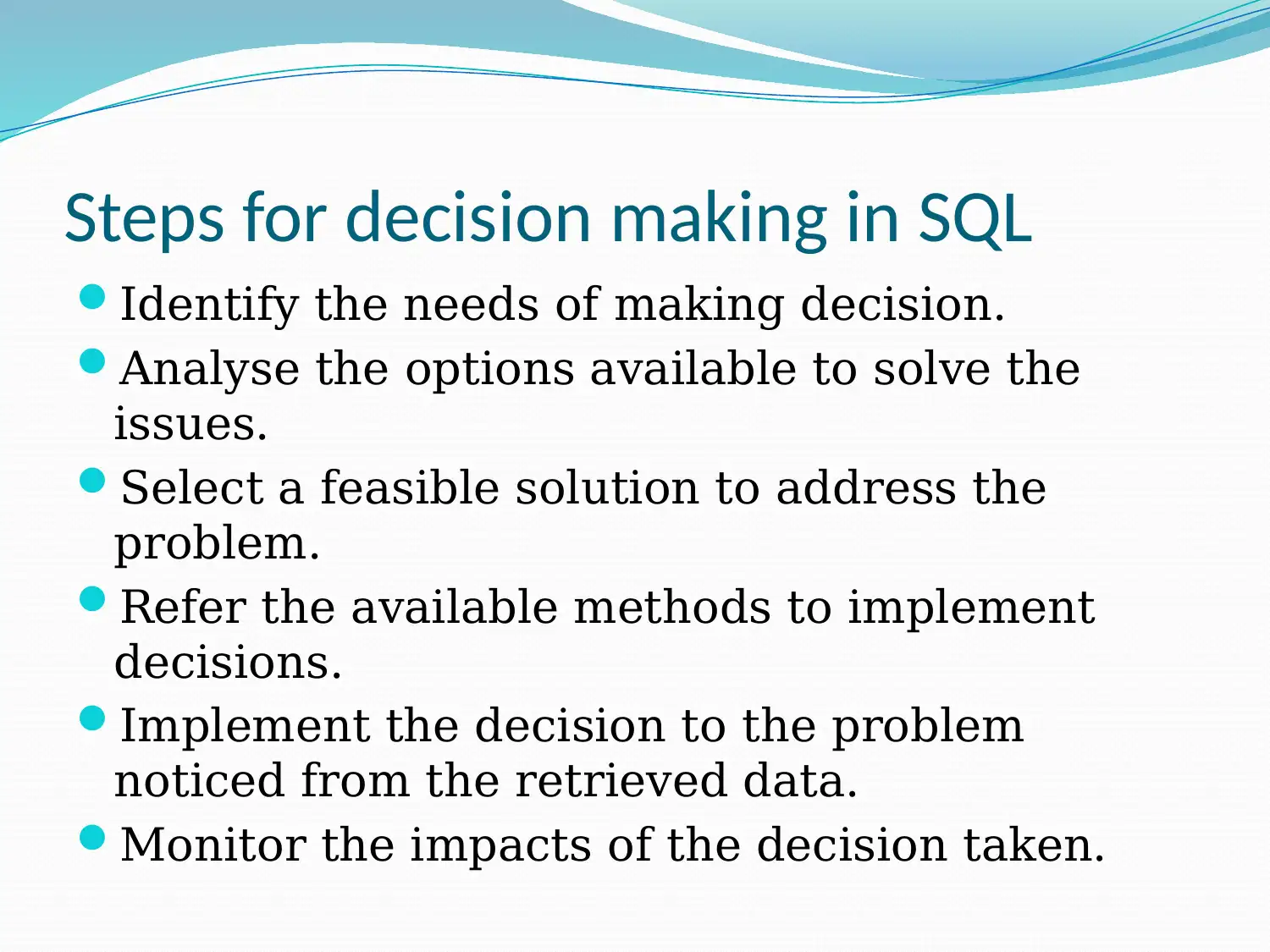
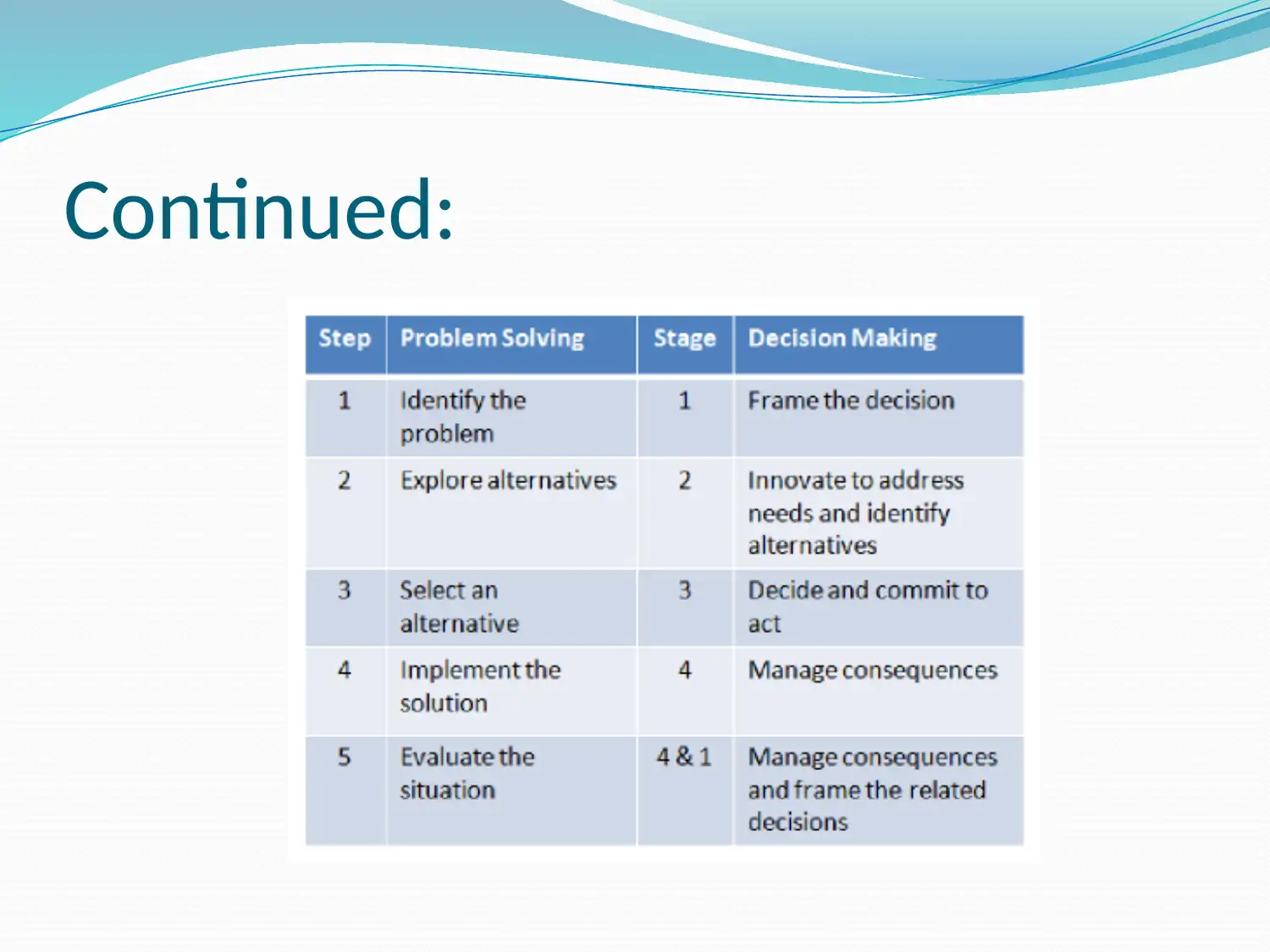
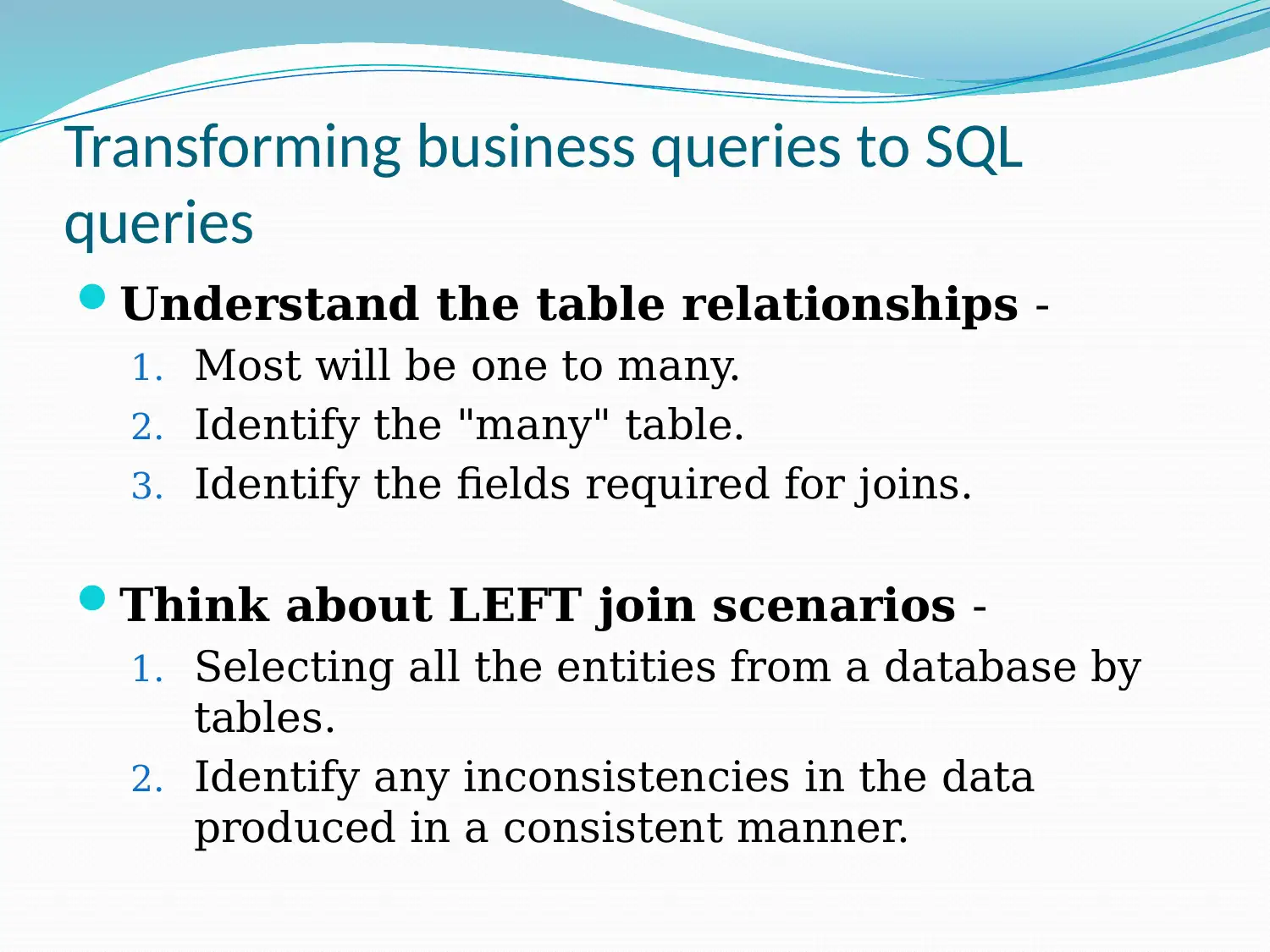
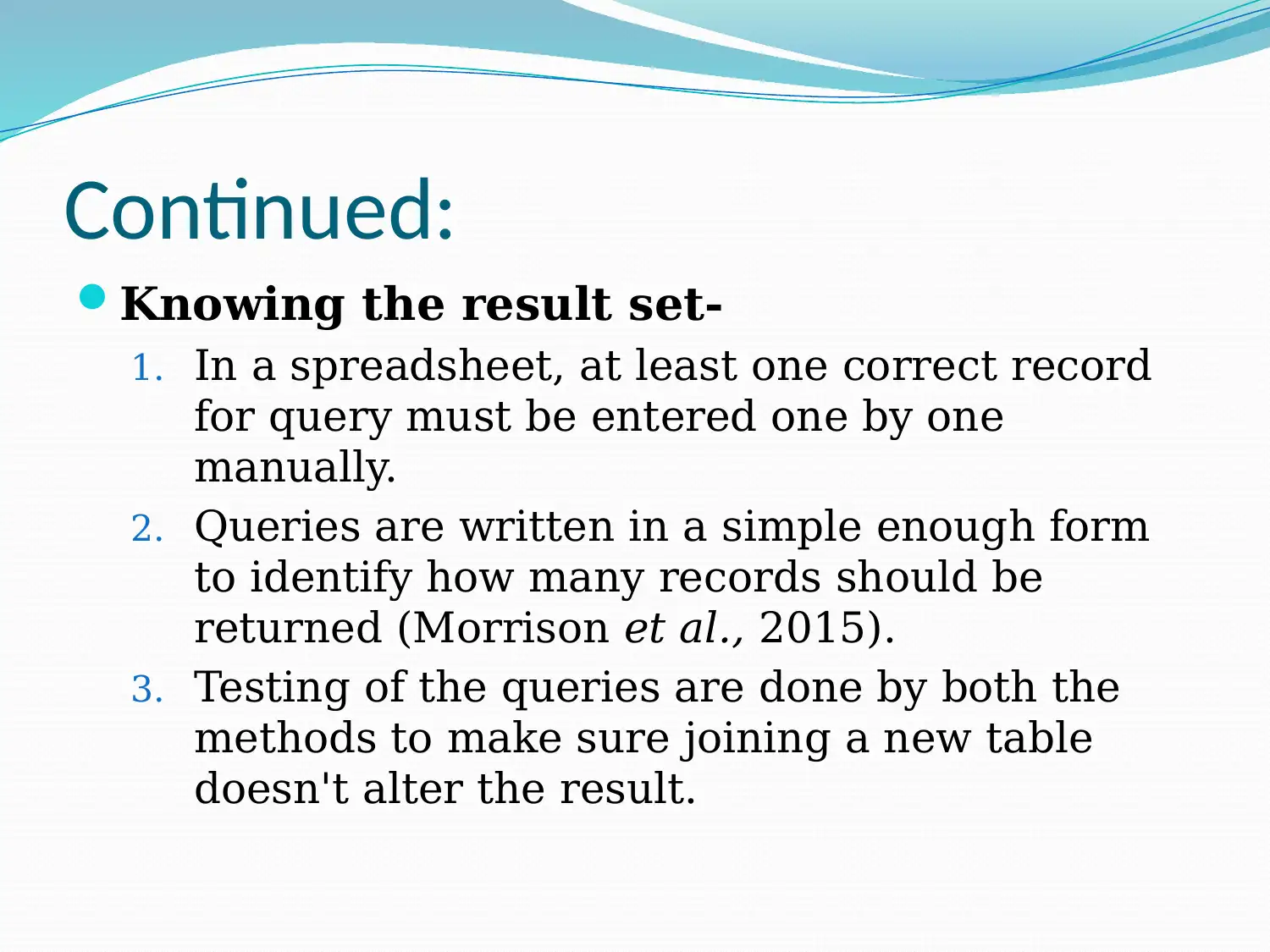
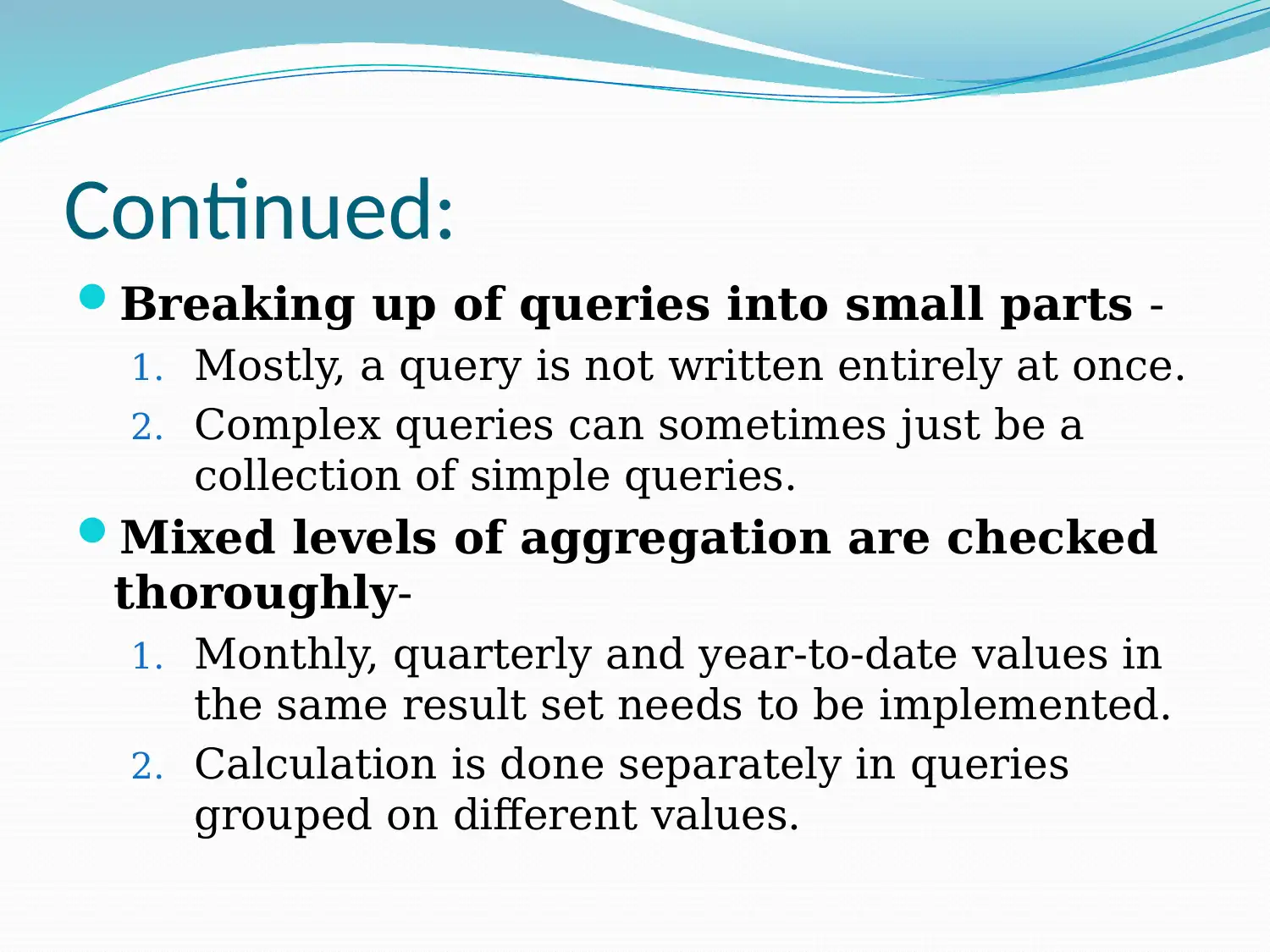






![[object Object]](/_next/static/media/star-bottom.7253800d.svg)